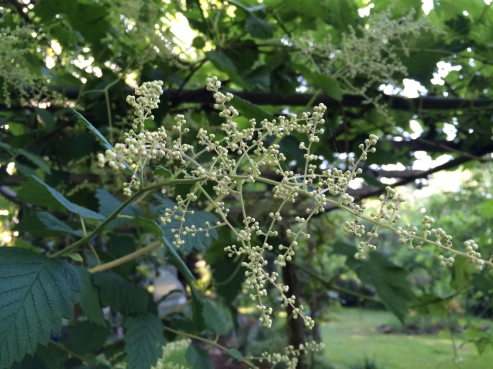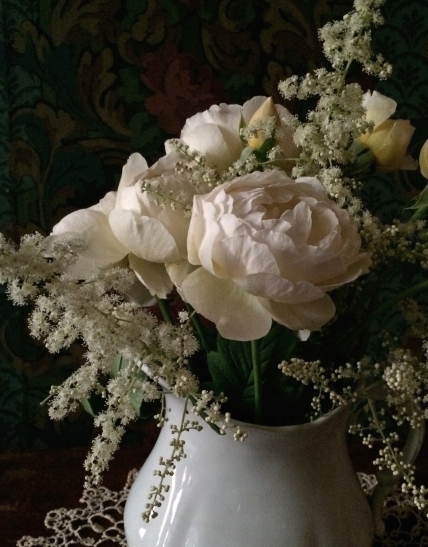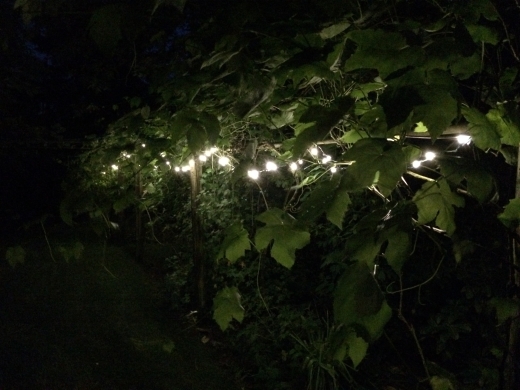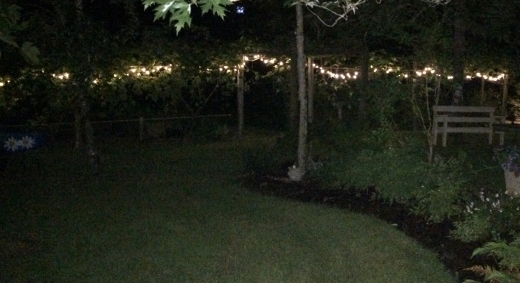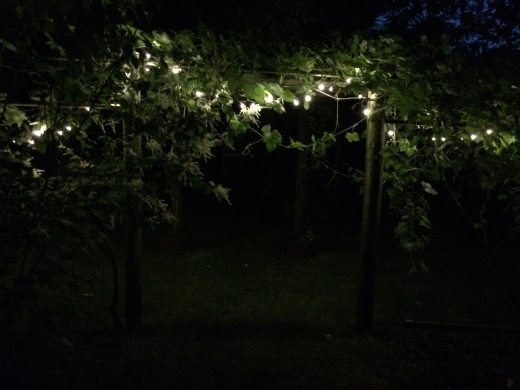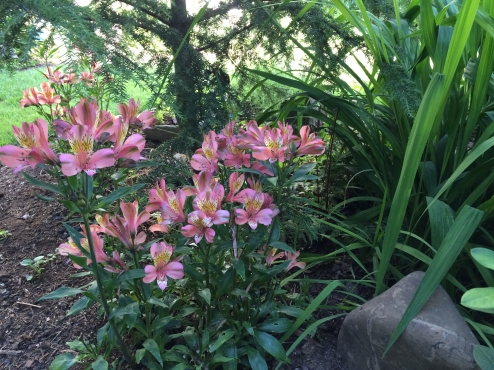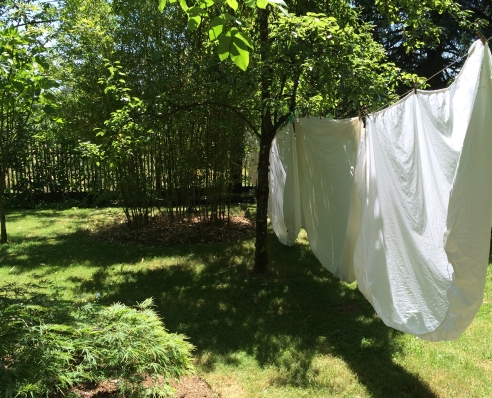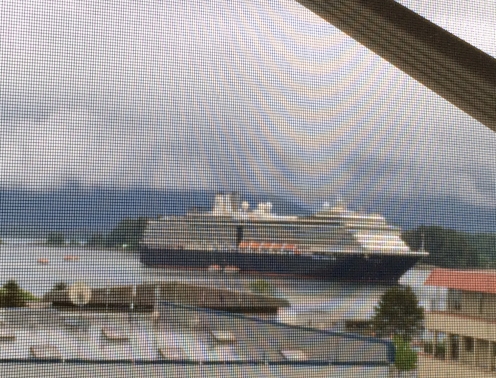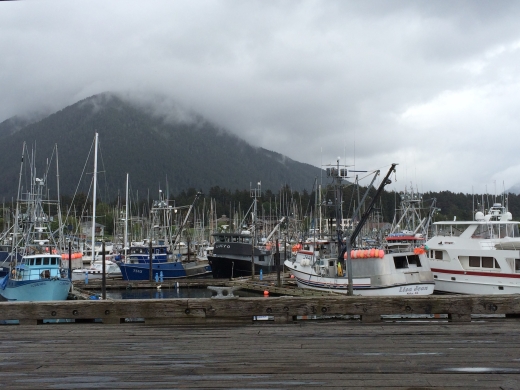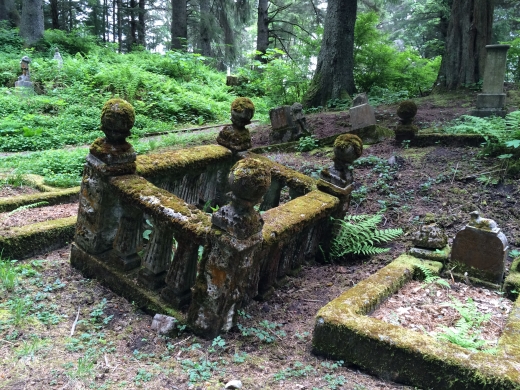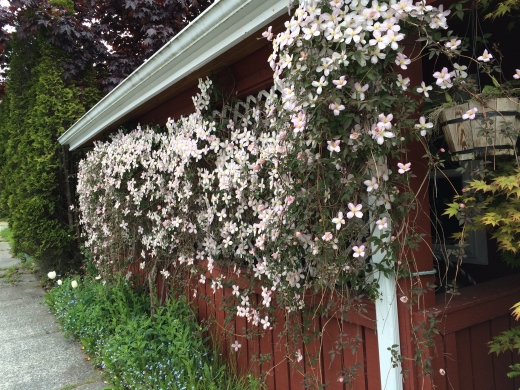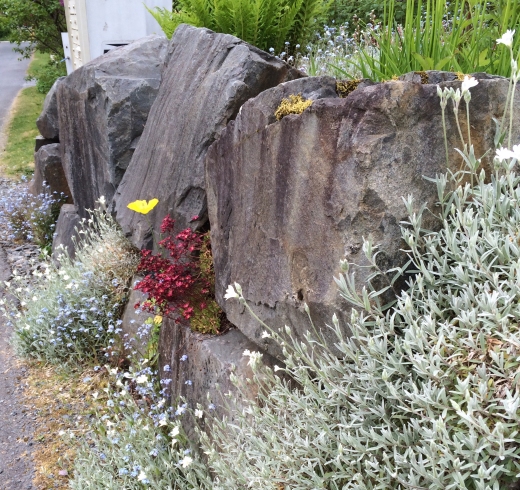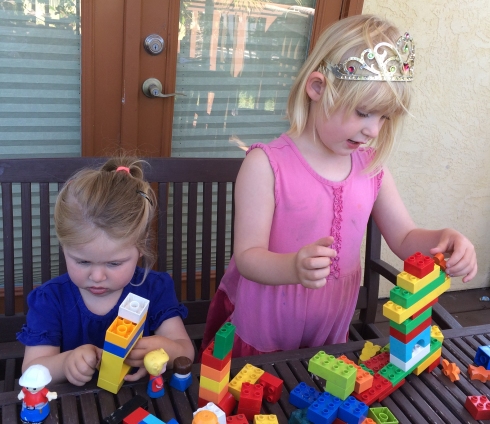It may be a hard heart that loveth naught in May but it’s a dead plant that flourisheth not in June.
Yes it’s jungle time now, like up in the sky where the trees are all growing together, and their shade is so helpful with the little climate problem we have which shall remain nameless but tends toward too hot.
Now I might have mentioned, in some distant dusty cobwebby old post, (ok yes I did), something about how much I cherish the native Oregon shrub called, among other things, Oceanspray— or Holodiscus discolor if you prefer to be all science about it. Anyway it’s in bloom now.
Here is an image of the delicate beaded sprays of buds which dance from this large, fountain-shaped native shrub. (More information can be read at the website of the wonderful Portland Nursery.)
The blooms open up to frothy foam, and sometimes they splash against “Jude the Obscure” roses in a vase.
[Now I shall deftly divert the discussion to garden lights. Watch this.]
And next is an image of the Oceanspray blooms in the night, romantically illuminated by the adorable string of LED lights which casually sparkle among the rampant grape vines of the long arbor.
There are three stings of indoor/outdoor lights here, the same ones I use on the Christmas tree. LED’s are improved and are extremely bright these days, so in winter when the Christmas tree is alight in the parlor I need to hand out sunglasses… but the lights are perfect in the garden in the dark.
The ones I have must be plugged into an electricity source. My experience a few years ago with solar garden lights went well for a couple of seasons then all perished and it wasn’t possible to replace the rechargeable batteries. I was warned, but still I hate that.
I use a timer that turns on at dusk for a few hours.
It’s fun to wander around outside by the sparkly light, and very fun for parties. But mostly they are fun to photograph.
Sometimes I do go outside in the daylight:
Here are the Peruvian lilies, who received the Nonstop Bloom award just this week. Now I know some gardens get invaded with these lilies but at my house they die in winter unless you dig them up and give them a warm plant-hotel in which to lounge. My friend the Plant Goddess did that and shared the extras that grew. Thank you Plant Goddess.
Previously the Nonstop Bloom award went to the Jackmanii clematis, and really he could have kept it a little longer.
I will close with the ever-popular view of the laundry drying in the sun. (Allow me my delusions.) The retractable clothesline spent the winter outside and still works great. It wishes you a happy June.


